|
Walk into an average bar in Spain and order a glass of red wine. The bartender will give two choices: “Rioja” or “Ribera.” Rioja is the longstanding, preeminent red wine producing region, famed internationally and increasingly producing a variety of styles, including fine whites, sparkling, and rose. Ribera, by contrast, is all red wine country and proudly so.
Ribera refers to DO Ribera del Duero, which has followed a remarkable trajectory towards quality, produces incredible wines, including the laudable vintages of Vega Sicilia, a winery that arguably blazed the trail others have followed. Both Rioja and Ribera del Duero (which refers to a 71-mile length of vineyards along the banks of the Duero River in northern Spain), focus on the Tempranillo grape. This is the flagship variety of Spain, now surpassing all others in terms of planted acreage. Notably, Ribera counts among the two most appreciated reds for daily drinking by the Spanish, and not, for example, Priorat reds, which are perhaps more famous internationally and have garnered the highest level denomination for quality (like Rioja) the Denominación de origen calificada (DOCa). To read more, visit my article on ilovewine.com . . .
0 Comments
The hotel’s Gran Reserva-red room décor complimented by a vineyard view and a half bottle of 2016 Riscal wine followed a seamless arrival: car doors opened, luggage hefted away, the effortless hand over of the room key. They ticked every box of a five-star experience. We had time for a quick drive through the surrounding vineyards before the Riscal tour began, and set our sights on one stop, like the Riscal hotel, an architectural landmark: Bodegas Ysios and its winery designed by Santiago Calatrava. Before, though, we witnessed the ceaseless activity of the 2021 cosecha, tractors crisscrossing the terrain, including a brief stop at Bodega Cosme Palacio in the process of receiving harvested grapes (under the close scrutiny of an official from the Rioja Regulatory Council, guardian of the DOCa). Arriving at Bodegas Ysios via a long straight red gravel path, transversing the vineyards towards the elegant building framed against a mountain backdrop inspires the mind and the taste buds. We decided to sample the 2018 Ysios Blanco, made from old vine Viura, whose richness perfected the day thus far. This is a complex, fruity, layered wine with aromas of white flowers. It’s a testament to modern Rioja white wines. The care taken in vilification was obvious, I later learned that Ysios hand harvested the grapes in small 10 kg boxes to avoid crushing the fruit, which was then cold macerated for 12 hours for flavor extraction. Both the free-run and first-pressing musts were fermented in 500 and 225 liter French-oak barrels. An unknown portion of the wine was fermented on skins for 15 days to add complexity. A further 9 months of lees contact using clay amphora completed the process. Sipping this wine upstairs overlooking a sea of vines and swath of blue Alavesa sky left little more to desire. We arrived back at Marques de Riscal just as the vineyard tour began, which led eventually to the winery, cellars, and a guided tasting of three wines, including the Riscal Verdejo, a Reserva, and a Crianza. Riscal’s wooden fermentation tanks contrasted with the shiny stainless steel lineup of Cosme Palacios. Too, the dissimilitude of the century-old winery buildings and the post-modern hotel perfectly expresses the complexity of Rioja, physically and in terms of wine, today. The old and the new, the traditional and the innovative co-exist, if not in total aesthetic harmony, then at least comfortably at ease with each other. That evening at the hotel we enjoyed the views of Elciego, the local village, and decided to eat supper there instead of at the hotel. Every village in Spain has a bar, and this is where we enjoyed a typical light dinner with a glass of local red wine for 1/10th the price of Riscal’s admirable restaurant. It was chilly, no heat in the bar, but the wine and smart service warmed us up. The next day we awoke refreshed and relaxed and headed out after a delicious hotel breakfast, to check out Haro, the historic capital of Rioja. We had a delightful snack and tried some great wine at the terrace of Bodgas Muga, one of my favorite producers, red, white, or rose. Muga made the 2018 Reserva from a typical Rioja blend of Tempranillo, Garnacha, Mazuelo and Graciano hand-harvested grapes and fermentation with indigenous yeast in wooden vats. Before I drank my glass, the wine had been aged for 22 months in oak casks: 80% French oak and the rest hailing from Central Europe and America. Delicious, balanced, expressive. The Muga rose perfectly complimented the local cheeses.
Then, we were off to France. |
AuthorCharlie Leary earned his PhD in history at Cornell University. He has served as a wine director for restaurants in New Orleans, southern France, Canada, Costa Rica and Panama since 1995. He is a certified Spanish Wine Specialist, Cava Educator and Expert and has studied wine through Washington State University, the Wine Scholar Guild, California Wine Institute, and the Rioja Academy. Charlie is a member of the Circle of Wine Writers. Archives
April 2024
Categories
All
|
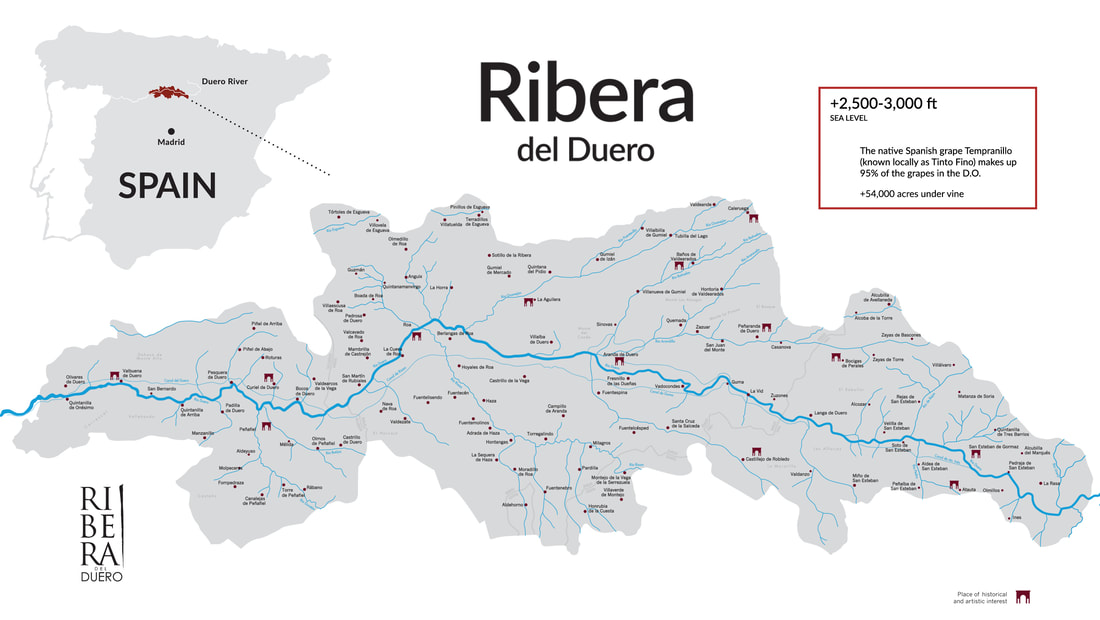
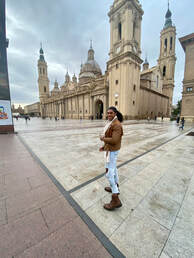
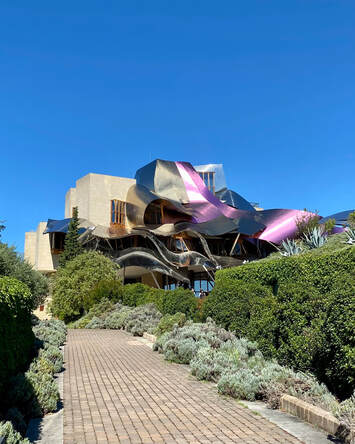
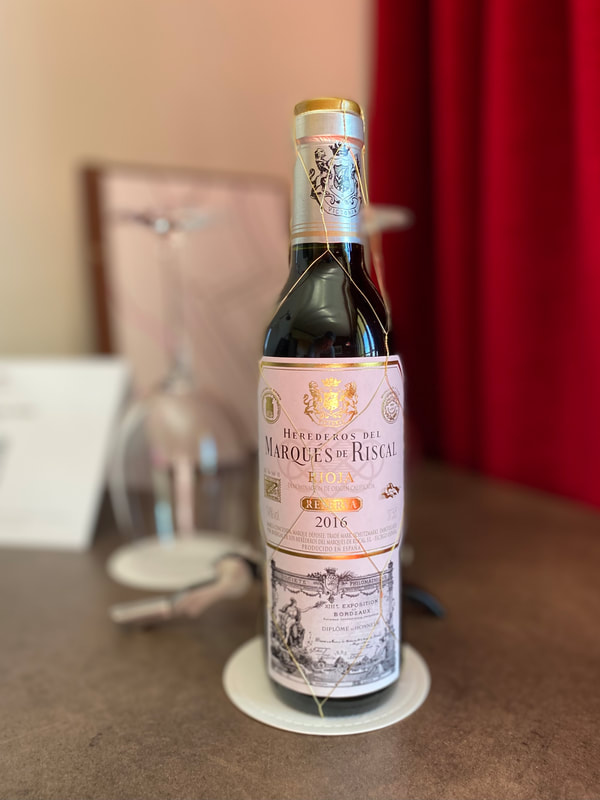
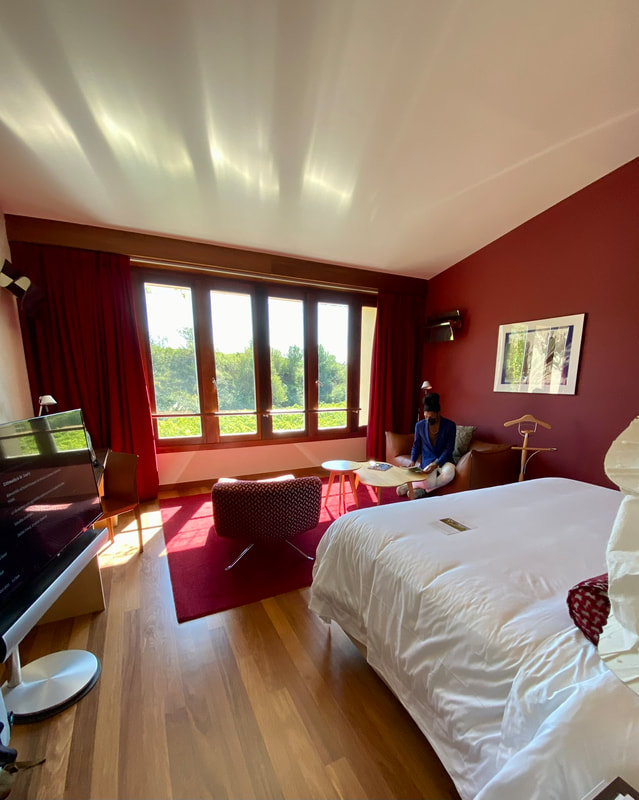
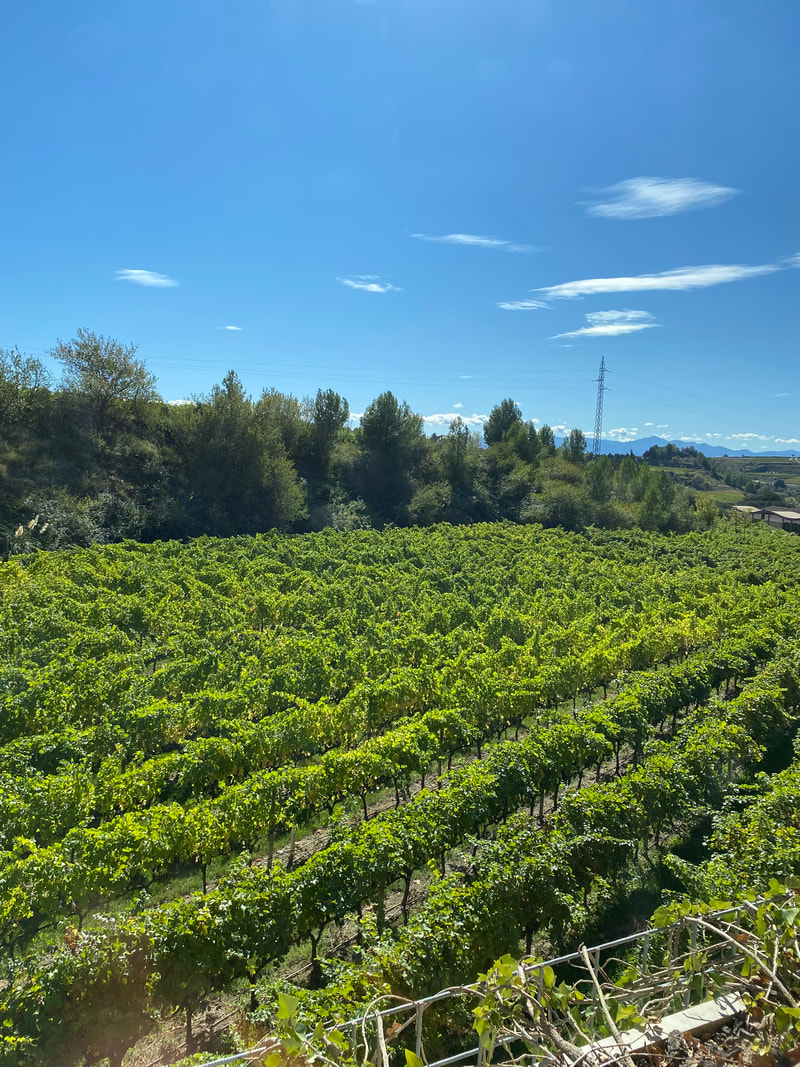
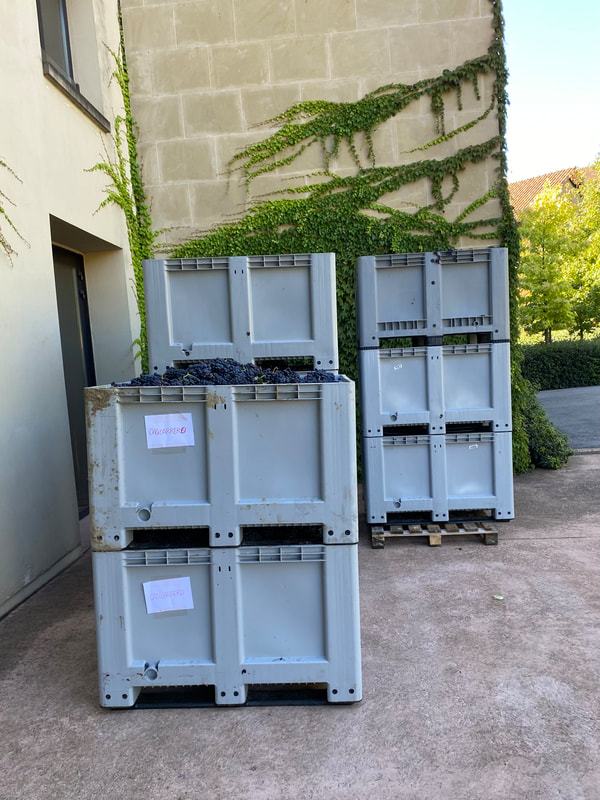
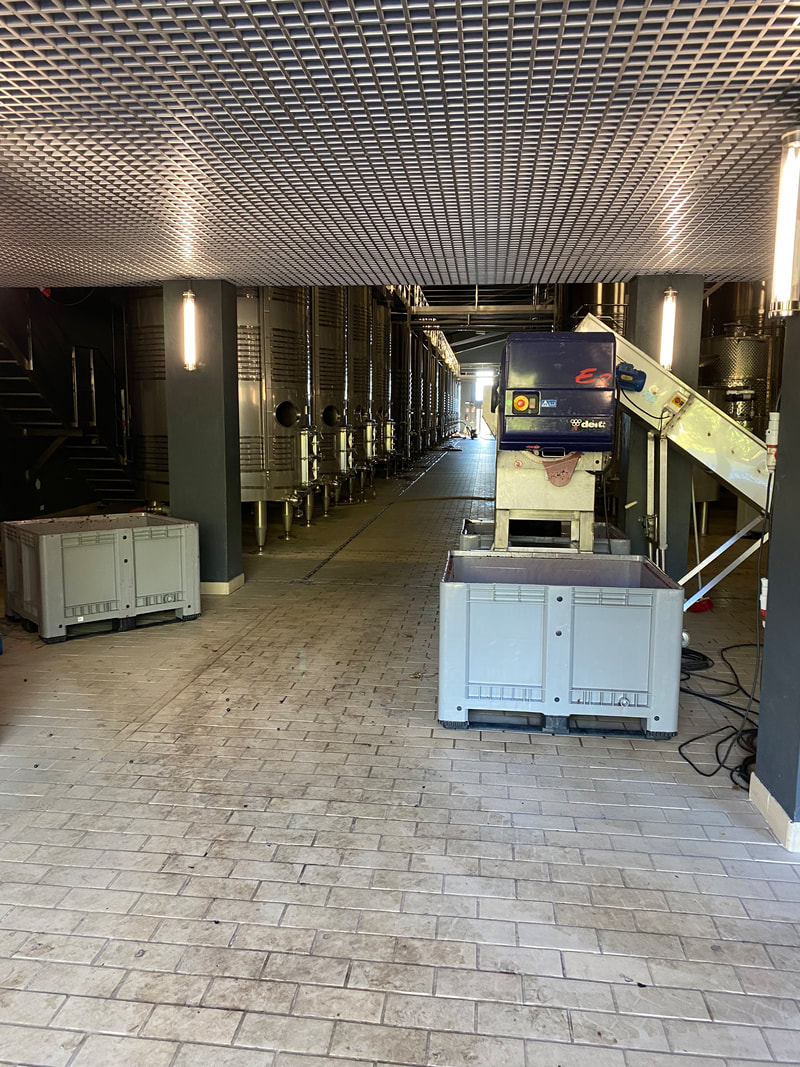
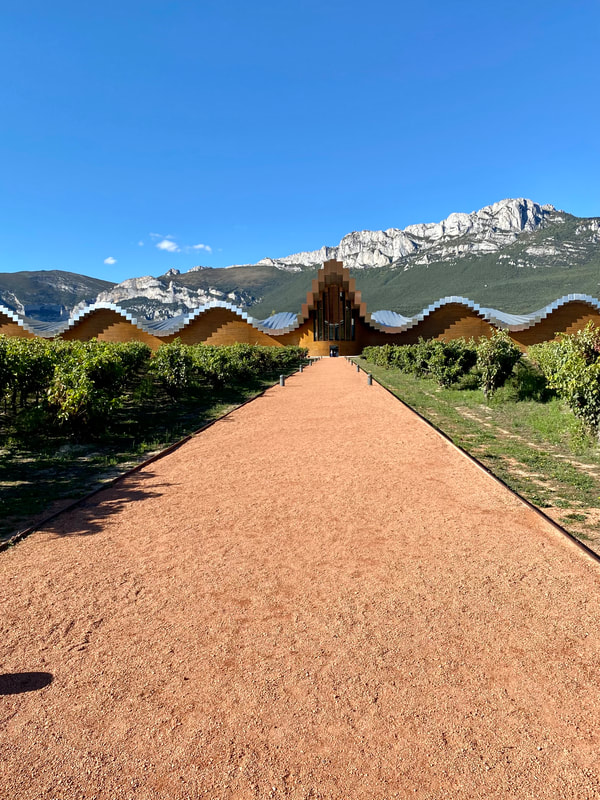
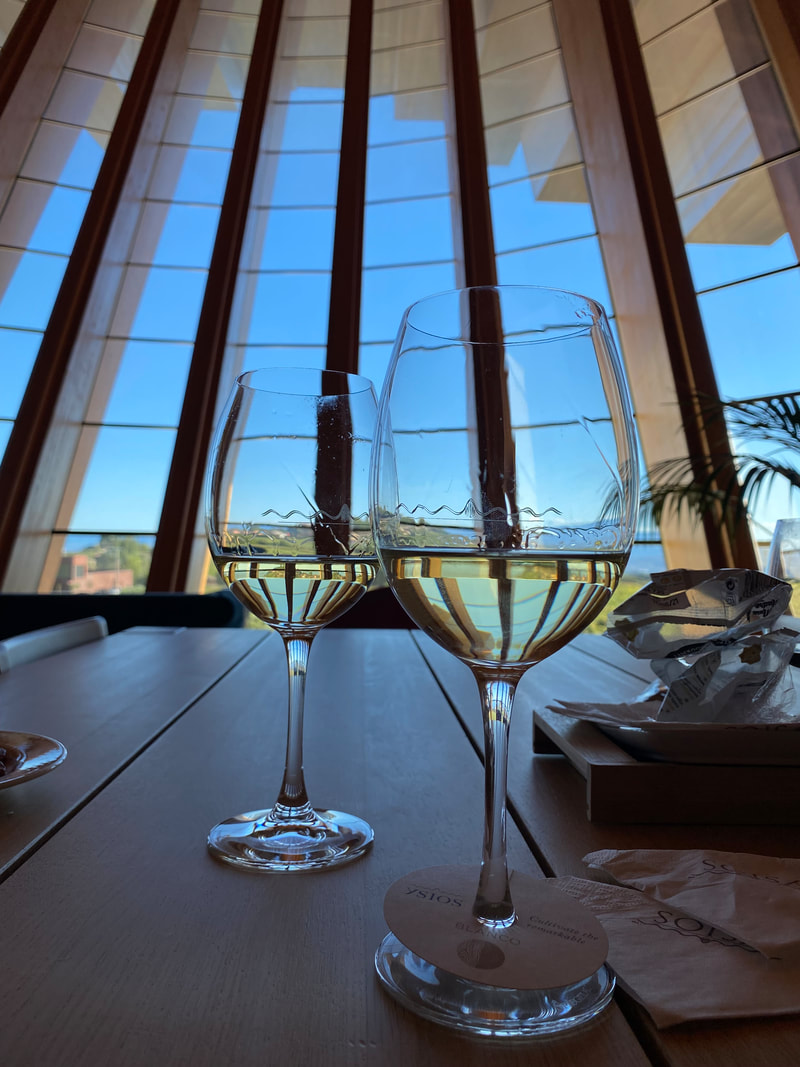
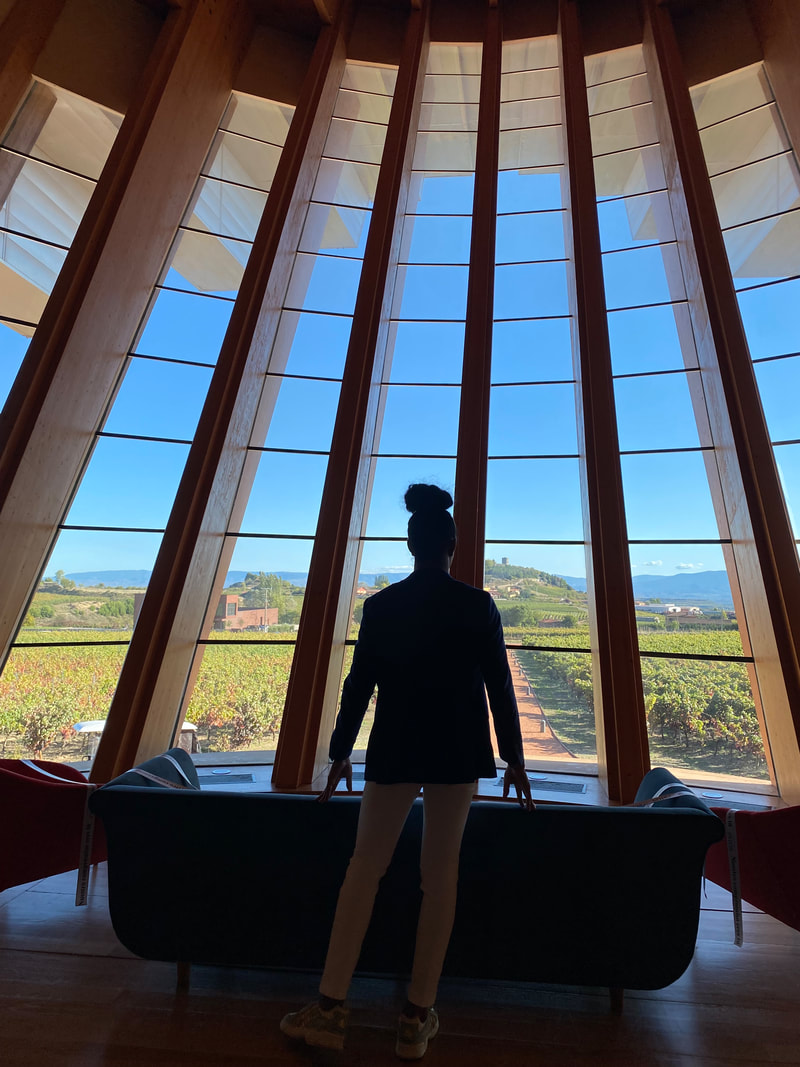
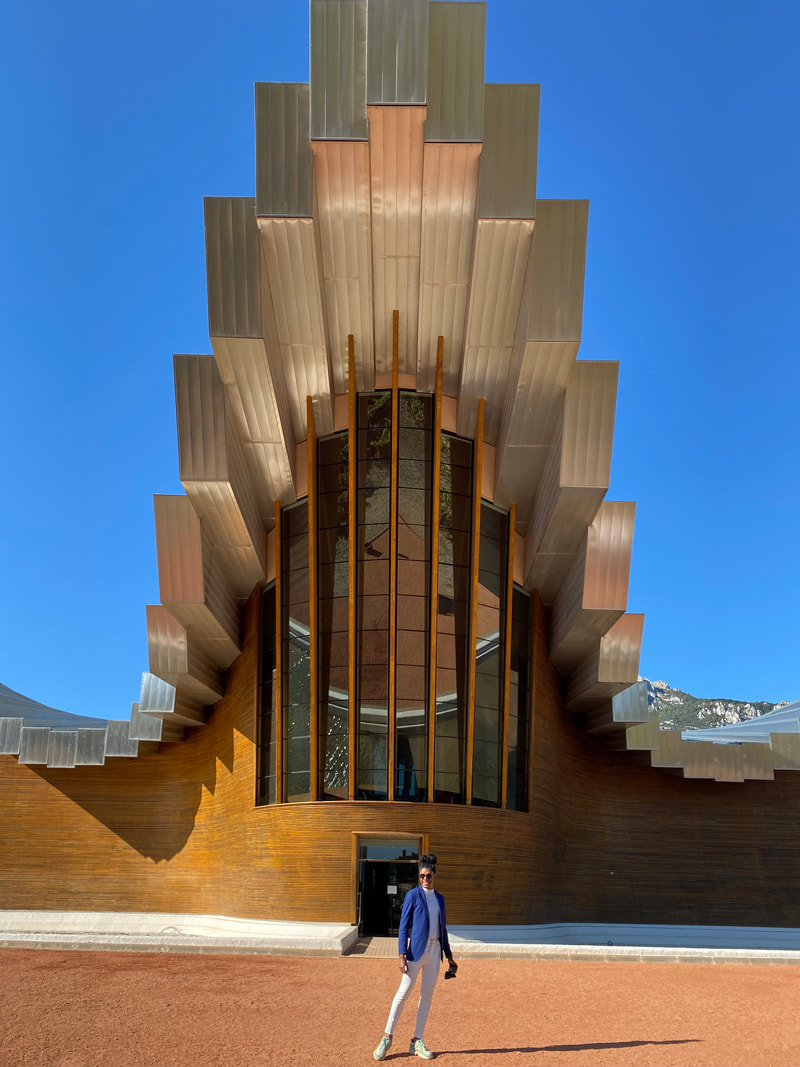
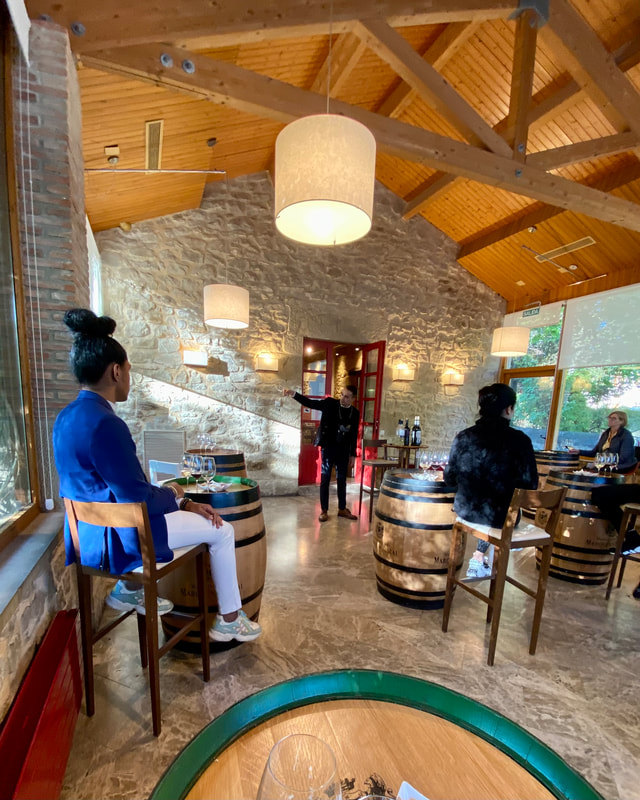
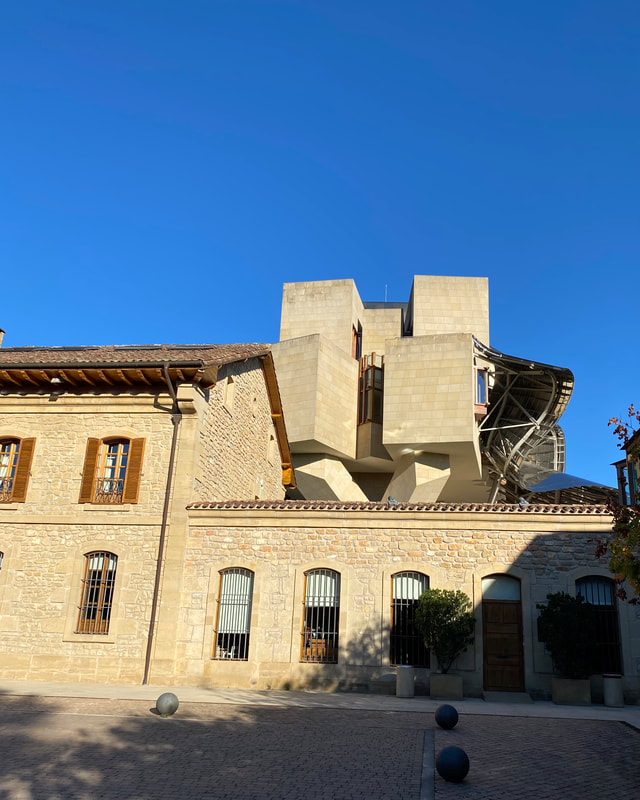
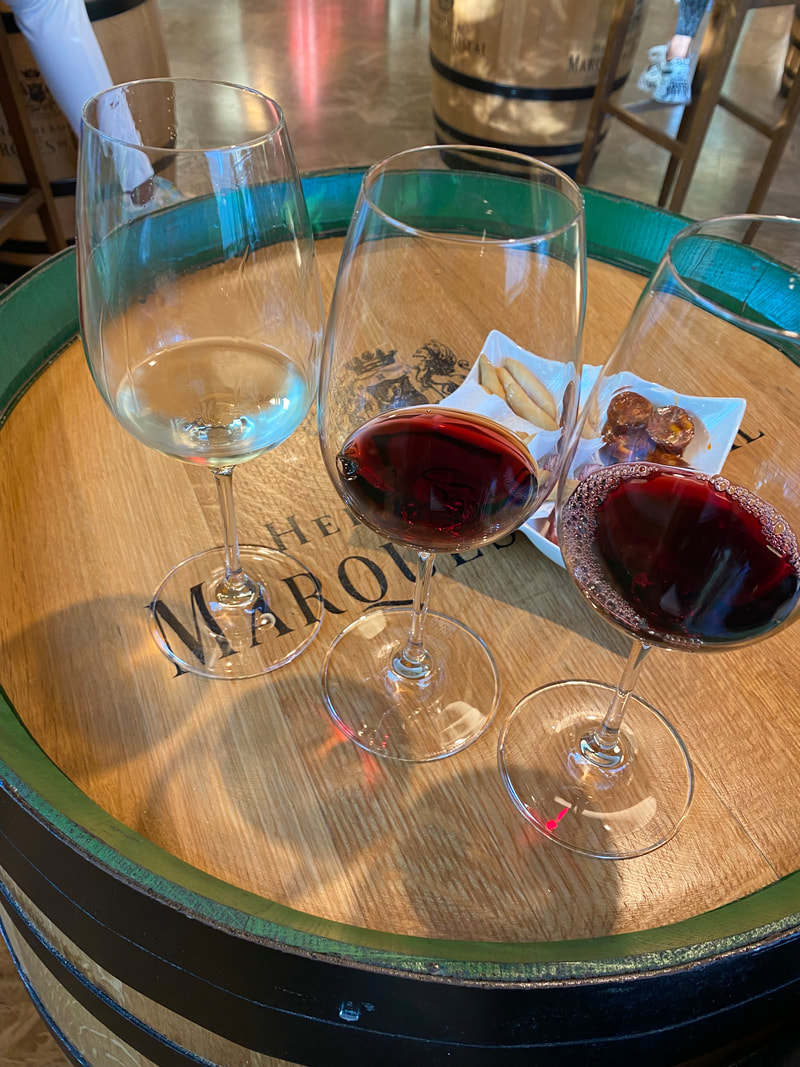
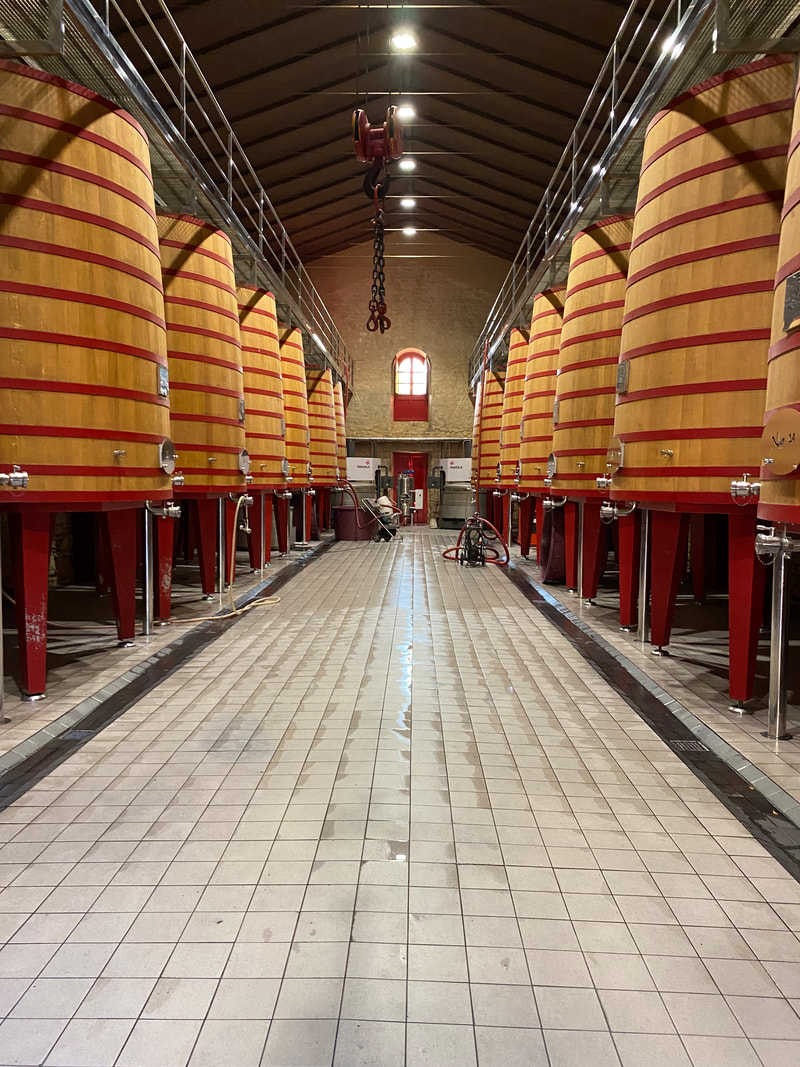
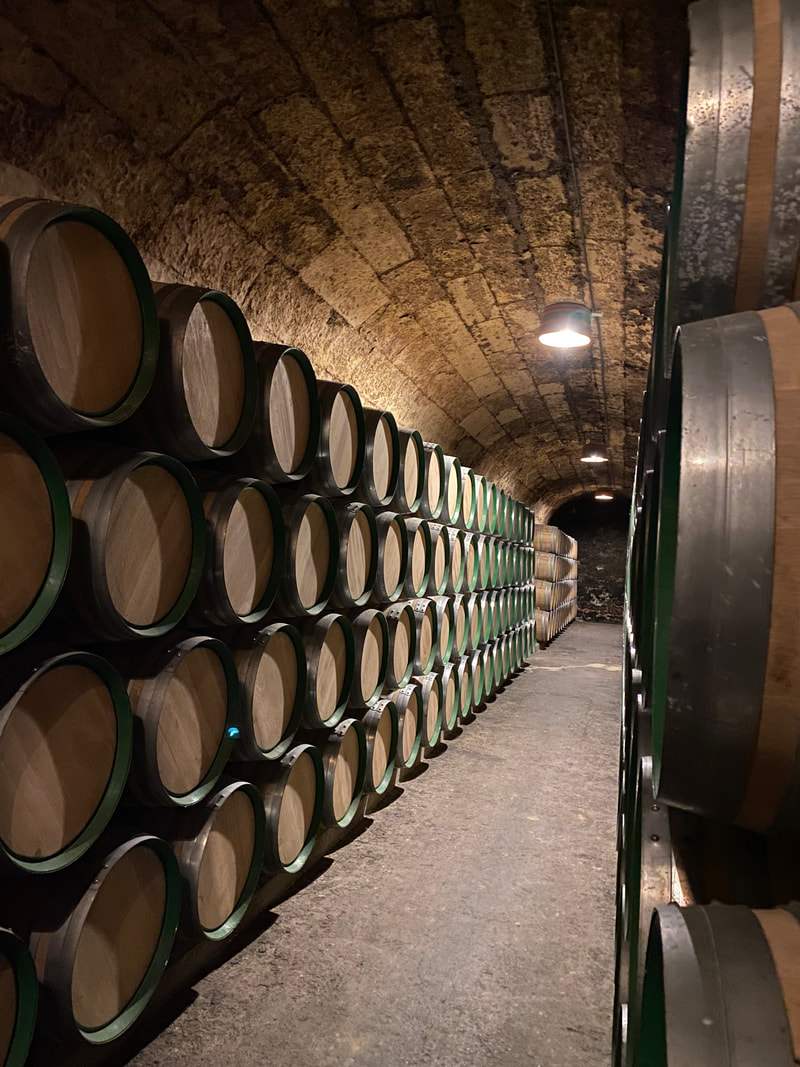
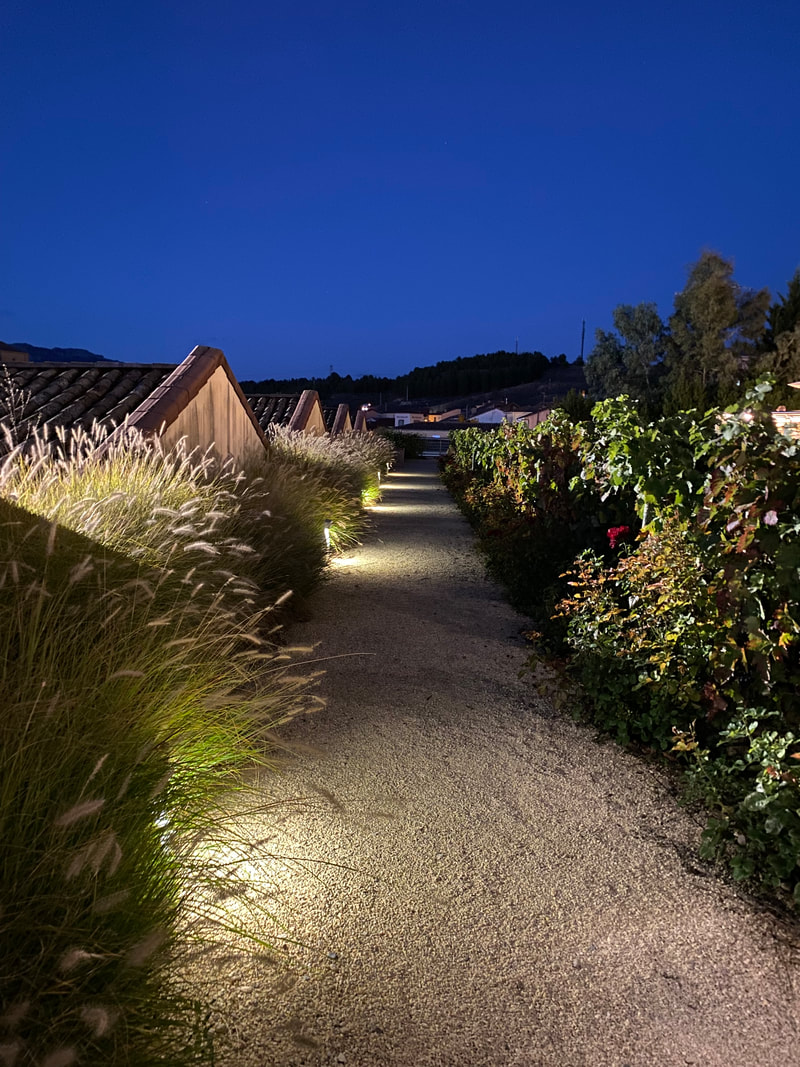
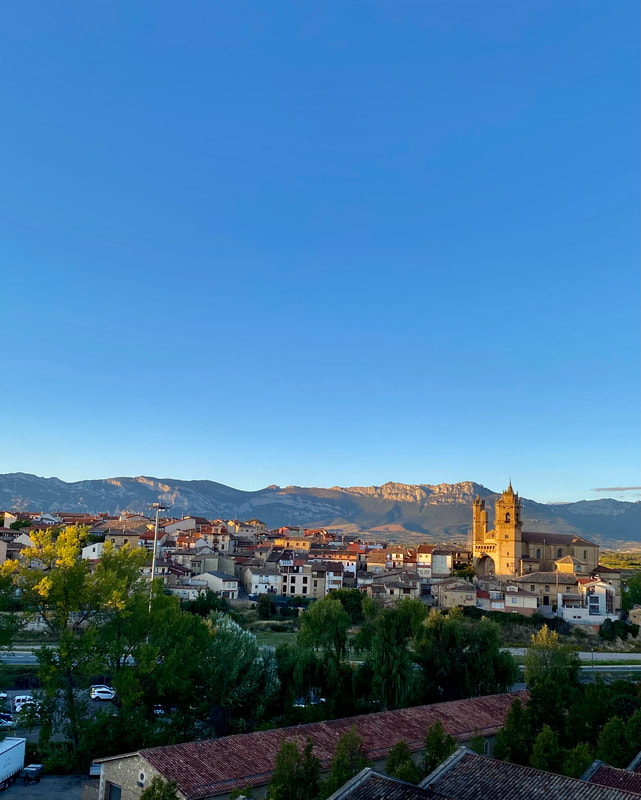
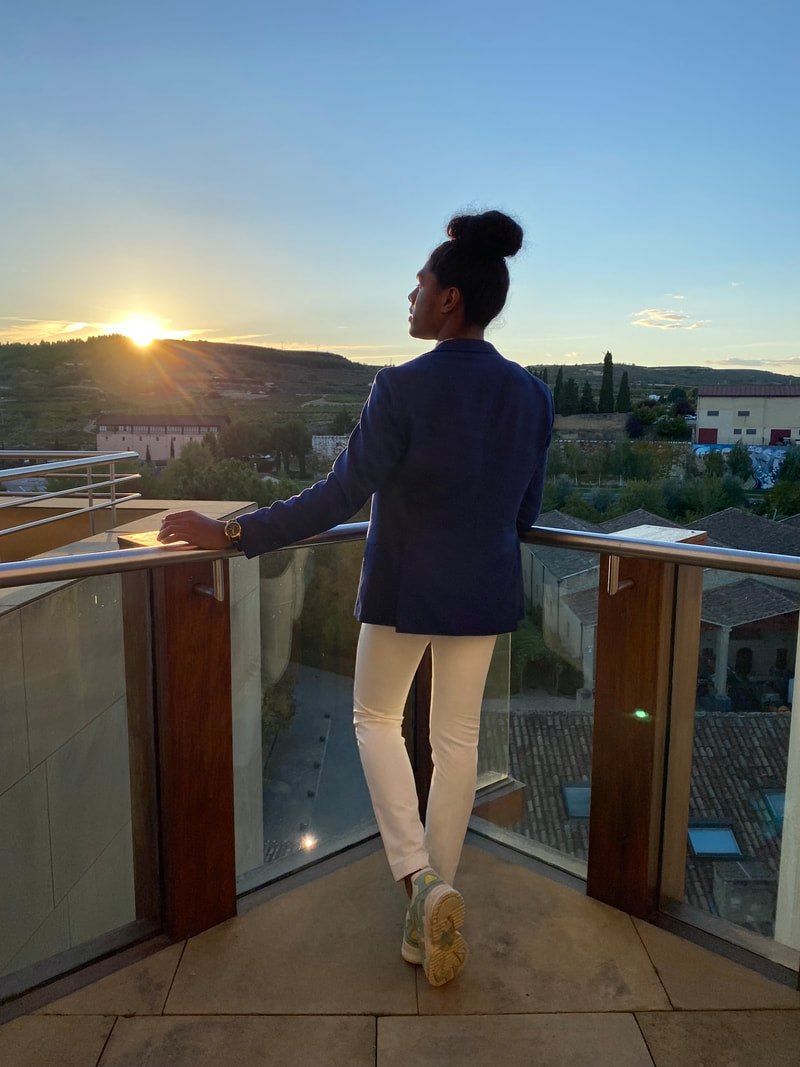
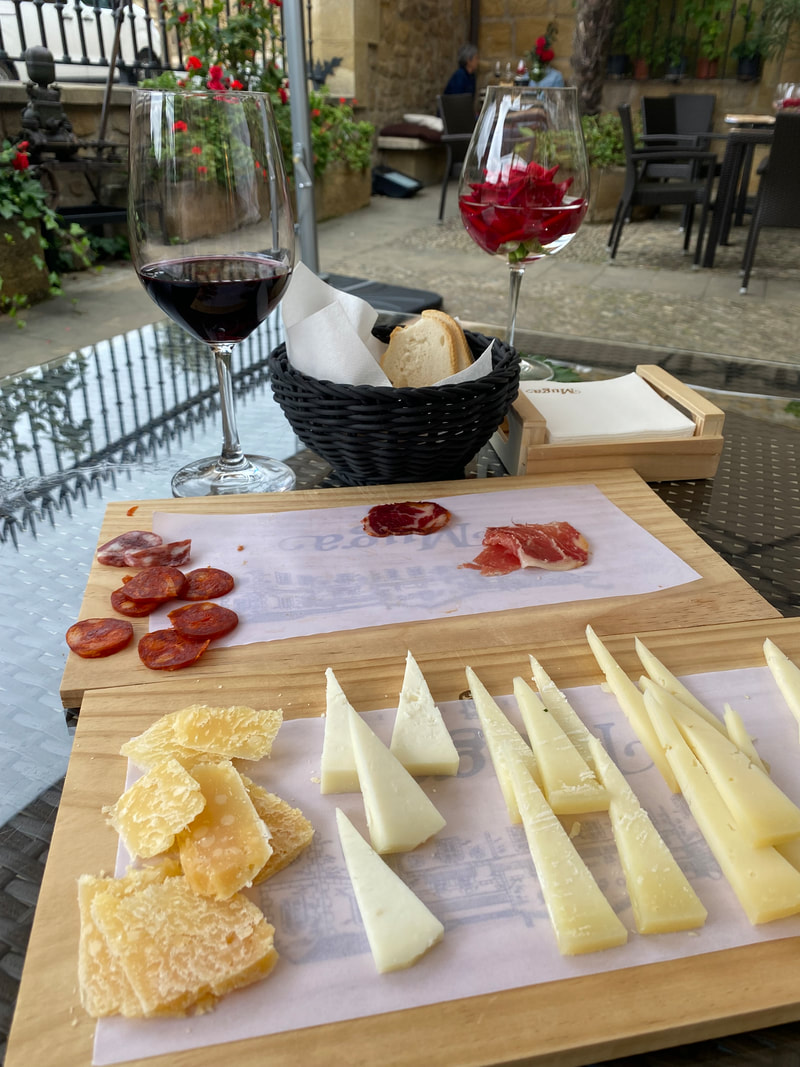
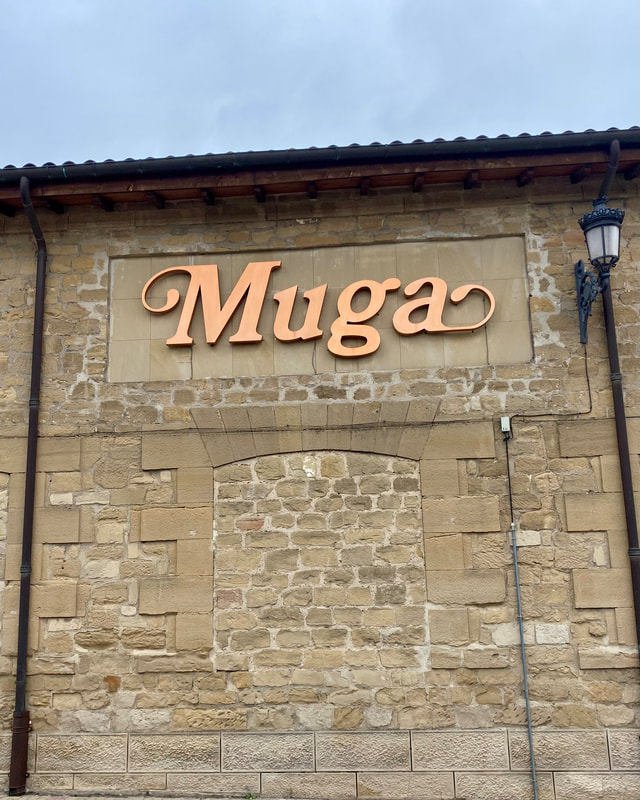
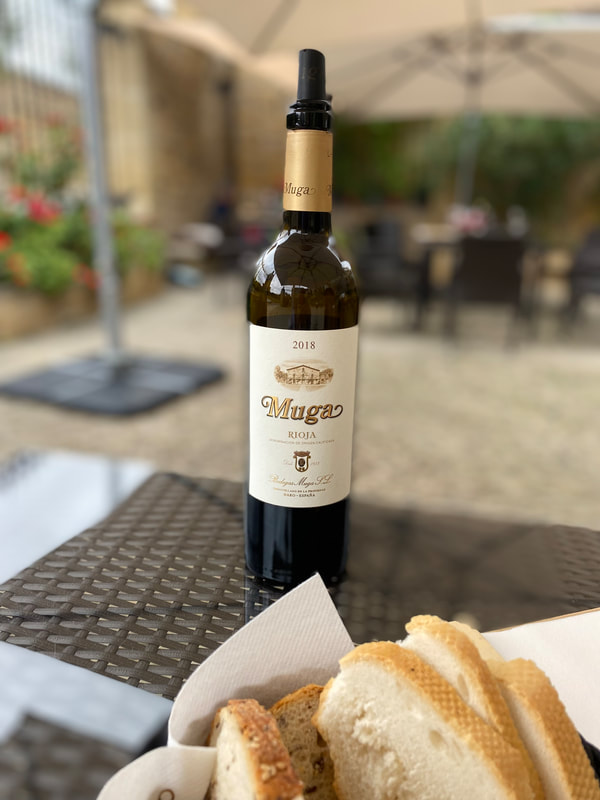
 RSS Feed
RSS Feed